Home>Furniture & Design>Interior Design Trends>How Many Calories Is A Glass Of Cabernet
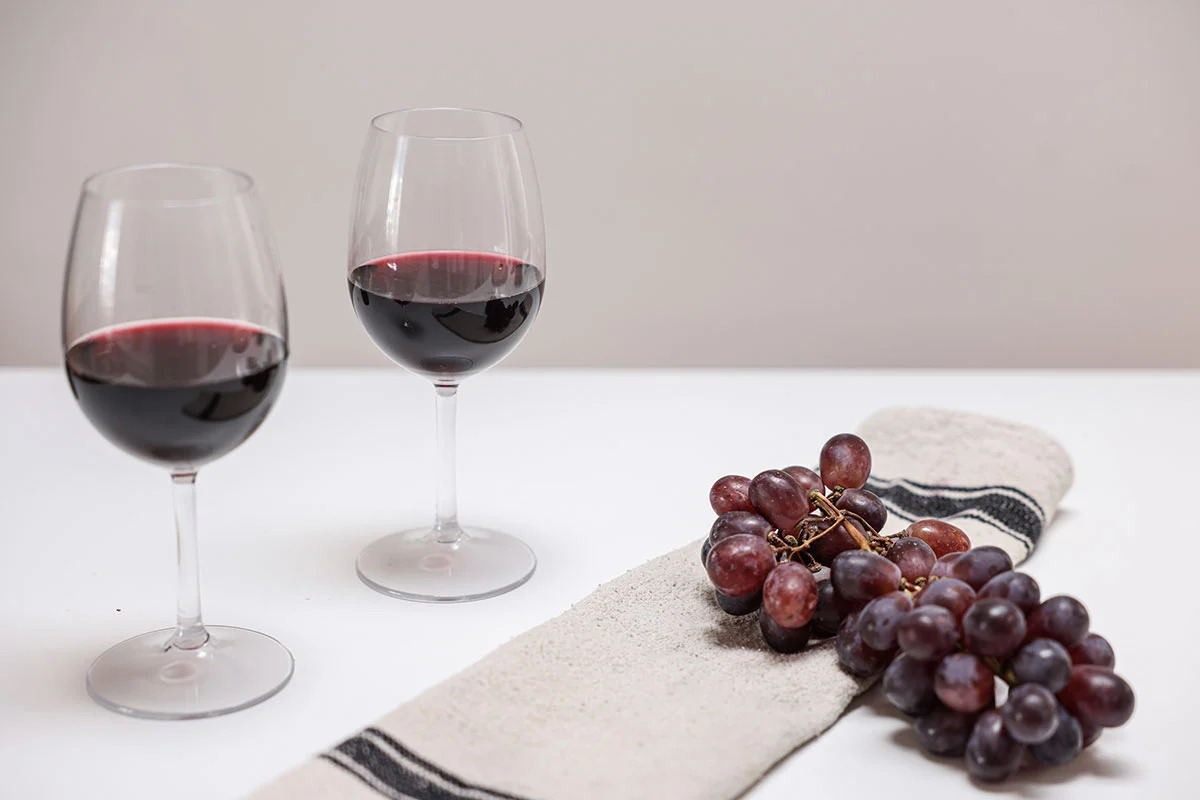

Interior Design Trends
How Many Calories Is A Glass Of Cabernet
Published: February 3, 2024
Discover the calorie count of a glass of Cabernet and stay updated on the latest interior design trends. Explore the perfect blend of wine and home decor.
(Many of the links in this article redirect to a specific reviewed product. Your purchase of these products through affiliate links helps to generate commission for Storables.com, at no extra cost. Learn more)
Introduction
When it comes to enjoying a glass of Cabernet, many individuals savor the rich flavors and aromas without considering the calorie content. However, understanding the caloric impact of this popular red wine is essential for those who are mindful of their dietary intake. Whether you're a wine enthusiast, a health-conscious individual, or simply curious about the nutritional aspects of Cabernet, delving into the calorie content of this beloved beverage can provide valuable insights.
In this article, we will explore the calorie content of Cabernet, shedding light on the factors that influence its caloric value. Additionally, we will compare the calorie count of Cabernet with other alcoholic beverages, offering a comprehensive understanding of its nutritional implications. Finally, we will provide practical tips for managing calorie intake while indulging in a glass of Cabernet, empowering you to make informed choices without compromising your enjoyment.
Embark on this enlightening journey to uncover the calorie mysteries of Cabernet, and discover how you can savor this delightful wine while maintaining a balanced approach to your dietary lifestyle.
Key Takeaways:
- A glass of Cabernet contains around 120-130 calories, influenced by alcohol, sugar, serving size, and winemaking techniques. Enjoy in moderation and pair with balanced meals for a mindful approach to calorie intake.
- Compared to other alcoholic beverages, Cabernet’s calorie count is moderate. Mindful pouring, balanced choices, and staying active can help manage calorie intake while savoring this delightful wine.
Read more: How Many Carbs In A Glass Of Cabernet
Understanding the calorie content of Cabernet
The calorie content of Cabernet, like any other alcoholic beverage, is primarily derived from its alcohol and sugar content. Understanding the caloric impact of Cabernet involves recognizing the components that contribute to its overall energy value.
First and foremost, alcohol is a key factor in determining the calorie count of Cabernet. With approximately 7 calories per gram, alcohol significantly influences the overall caloric content of the wine. As Cabernet typically contains a moderate to high alcohol percentage, its calorie count is notably influenced by this factor.
Moreover, the residual sugar present in Cabernet also contributes to its calorie content. While Cabernet is known for its dry profile, it may still contain residual sugars, albeit in smaller quantities compared to sweeter wines. These residual sugars, though minimal, add to the overall caloric value of the wine.
In addition to alcohol and sugar, the serving size of Cabernet plays a crucial role in determining its calorie content. A standard serving of Cabernet is typically 5 ounces, containing approximately 120-130 calories. However, larger pour sizes or multiple servings can significantly elevate the overall calorie intake.
Furthermore, the aging process and winemaking techniques can impact the calorie content of Cabernet. For instance, oak-aged Cabernet may exhibit a slightly higher calorie count due to the influence of oak on the wine's composition.
Understanding the calorie content of Cabernet involves recognizing the interplay of these factors and their collective impact on the overall energy value of the wine. By being mindful of these elements, individuals can make informed decisions regarding their dietary choices and consumption of Cabernet.
In essence, comprehending the calorie content of Cabernet entails acknowledging the influence of alcohol, sugar, serving size, and winemaking techniques on its overall caloric value. This understanding empowers individuals to approach their enjoyment of Cabernet with a balanced perspective, aligning their dietary preferences with their nutritional awareness.
Factors affecting the calorie count of Cabernet
The calorie content of Cabernet, like any other alcoholic beverage, is influenced by several key factors. Understanding these elements is essential for gaining insight into the nutritional implications of enjoying this beloved wine.
First and foremost, the alcohol content of Cabernet significantly impacts its calorie count. Alcohol is a concentrated source of energy, containing approximately 7 calories per gram. As Cabernet is known for its moderate to high alcohol percentage, this factor plays a pivotal role in determining its overall caloric value. The higher the alcohol content, the greater the calorie count of the wine.
In addition to alcohol, the residual sugar present in Cabernet contributes to its calorie content. While Cabernet is generally considered a dry wine, it may still contain residual sugars, albeit in smaller quantities compared to sweeter wines. These residual sugars, though minimal, add to the overall caloric value of the wine.
Furthermore, the serving size of Cabernet is a crucial determinant of its calorie content. A standard serving of Cabernet is typically 5 ounces, containing approximately 120-130 calories. However, larger pour sizes or multiple servings can significantly elevate the overall calorie intake. Being mindful of portion sizes is essential for managing calorie intake while enjoying Cabernet.
Moreover, the winemaking process and aging techniques can also influence the calorie count of Cabernet. For instance, oak-aged Cabernet may exhibit a slightly higher calorie count due to the influence of oak on the wine's composition. The interaction between the wine and oak during the aging process can impart additional compounds to the wine, potentially impacting its overall caloric value.
By understanding these factors, individuals can make informed decisions regarding their dietary choices and consumption of Cabernet. Being aware of the interplay between alcohol content, residual sugar, serving size, and winemaking techniques empowers individuals to approach their enjoyment of Cabernet with a balanced perspective, aligning their dietary preferences with their nutritional awareness.
In essence, the calorie count of Cabernet is influenced by the alcohol and sugar content, serving size, and winemaking techniques. By recognizing these factors, individuals can navigate their indulgence in Cabernet with a heightened understanding of its caloric implications, enabling them to make conscious choices that harmonize with their dietary goals and lifestyle.
A 5 oz glass of Cabernet typically contains around 125 calories. Be mindful of portion sizes to manage your calorie intake.
Comparing the calorie content of Cabernet with other alcoholic beverages
When it comes to understanding the calorie content of Cabernet in comparison to other alcoholic beverages, it's essential to consider the varying caloric implications of different drinks. While Cabernet is renowned for its rich flavors and moderate calorie count, comparing its caloric impact with that of other alcoholic beverages provides valuable insights into making informed choices.
One of the key aspects to consider when comparing the calorie content of Cabernet with other alcoholic beverages is the alcohol by volume (ABV) percentage. Cabernet, being a red wine, typically contains an ABV ranging from 13% to 15%. In contrast, lighter alcoholic beverages such as light beer or certain spirits may have a lower ABV, resulting in a relatively lower calorie count per serving. On the other hand, high-proof spirits or sweet liqueurs often have a higher ABV, leading to a higher calorie content compared to Cabernet.
Furthermore, the residual sugar content in various alcoholic beverages significantly influences their calorie count. While Cabernet is generally considered a dry wine with minimal residual sugar, other wines such as sweet dessert wines or fortified wines like Port or Sherry contain higher sugar levels, contributing to a higher calorie content. Additionally, flavored alcoholic beverages and cocktails often contain added sugars, further elevating their caloric impact compared to Cabernet.
The serving size also plays a crucial role in comparing the calorie content of Cabernet with other alcoholic beverages. A standard serving of Cabernet is typically 5 ounces, containing approximately 120-130 calories. In contrast, the serving sizes of other alcoholic beverages can vary widely. For instance, a standard serving of light beer (12 ounces) may have a comparable or slightly lower calorie count than Cabernet, while cocktails or mixed drinks with larger serving sizes can significantly surpass the calorie content of a glass of Cabernet.
Moreover, the mixers and ingredients used in cocktails and mixed drinks contribute to their overall calorie count. Cream-based liqueurs, sugary syrups, and high-calorie mixers can substantially increase the caloric impact of cocktails, making them higher in calories compared to a glass of Cabernet.
By comparing the calorie content of Cabernet with other alcoholic beverages, individuals can gain a comprehensive understanding of the varying caloric implications of different drinks. This knowledge empowers individuals to make conscious choices based on their dietary preferences and nutritional awareness, enabling them to enjoy their preferred alcoholic beverages while managing their calorie intake effectively.
In essence, comparing the calorie content of Cabernet with other alcoholic beverages involves considering factors such as ABV percentage, residual sugar content, serving size, and additional ingredients. By recognizing the diverse caloric profiles of different drinks, individuals can make informed decisions that align with their dietary goals and lifestyle, ensuring a balanced approach to enjoying alcoholic beverages.
Tips for managing calorie intake while enjoying Cabernet
-
Mindful Pouring: When indulging in a glass of Cabernet, being mindful of the pour size is crucial for managing calorie intake. Opting for a standard 5-ounce serving allows you to savor the wine while keeping track of your calorie consumption. Avoiding larger pour sizes can help maintain a balanced approach to enjoying Cabernet without exceeding your desired calorie intake.
-
Balanced Choices: Pairing your glass of Cabernet with nutrient-dense and satiating foods can contribute to a more balanced overall calorie intake. Incorporating lean proteins, healthy fats, and fiber-rich foods into your meal alongside Cabernet can enhance satiety and promote a mindful approach to calorie management.
-
Physical Activity: Engaging in regular physical activity can offset the caloric impact of enjoying Cabernet. Incorporating exercise into your routine not only supports overall well-being but also allows for flexibility in managing your calorie intake. By balancing your enjoyment of Cabernet with physical activity, you can maintain a holistic approach to health and wellness.
-
Hydration: Prioritizing hydration while enjoying Cabernet is essential for managing calorie intake. Alternating between sips of water and wine not only promotes hydration but also helps pace your consumption, allowing you to savor the wine while being mindful of your overall calorie intake.
-
Awareness of Accompaniments: When complementing your glass of Cabernet with snacks or appetizers, being mindful of the calorie content of accompanying foods is key. Opting for nutrient-dense and portion-controlled accompaniments can contribute to a more balanced overall calorie intake, allowing you to enjoy Cabernet without compromising your dietary goals.
-
Moderation: Embracing a mindset of moderation when enjoying Cabernet is fundamental for managing calorie intake. By savoring the wine mindfully and being conscious of portion sizes, you can strike a balance between indulgence and mindful consumption, aligning your enjoyment of Cabernet with your dietary preferences.
-
Nutritional Awareness: Cultivating a deeper understanding of the nutritional aspects of Cabernet and its caloric implications empowers you to make informed choices. By being aware of the factors that influence the calorie content of Cabernet, such as alcohol percentage and serving size, you can approach your enjoyment of the wine with heightened nutritional awareness, ensuring a balanced approach to calorie management.
By incorporating these tips into your lifestyle, you can savor the delightful flavors of Cabernet while effectively managing your calorie intake. Embracing a mindful and balanced approach to enjoying this beloved wine allows you to harmonize your dietary preferences with your overall well-being, fostering a holistic and sustainable approach to managing calorie intake while indulging in the pleasures of Cabernet.
Frequently Asked Questions about How Many Calories Is A Glass Of Cabernet
Was this page helpful?
At Storables.com, we guarantee accurate and reliable information. Our content, validated by Expert Board Contributors, is crafted following stringent Editorial Policies. We're committed to providing you with well-researched, expert-backed insights for all your informational needs.
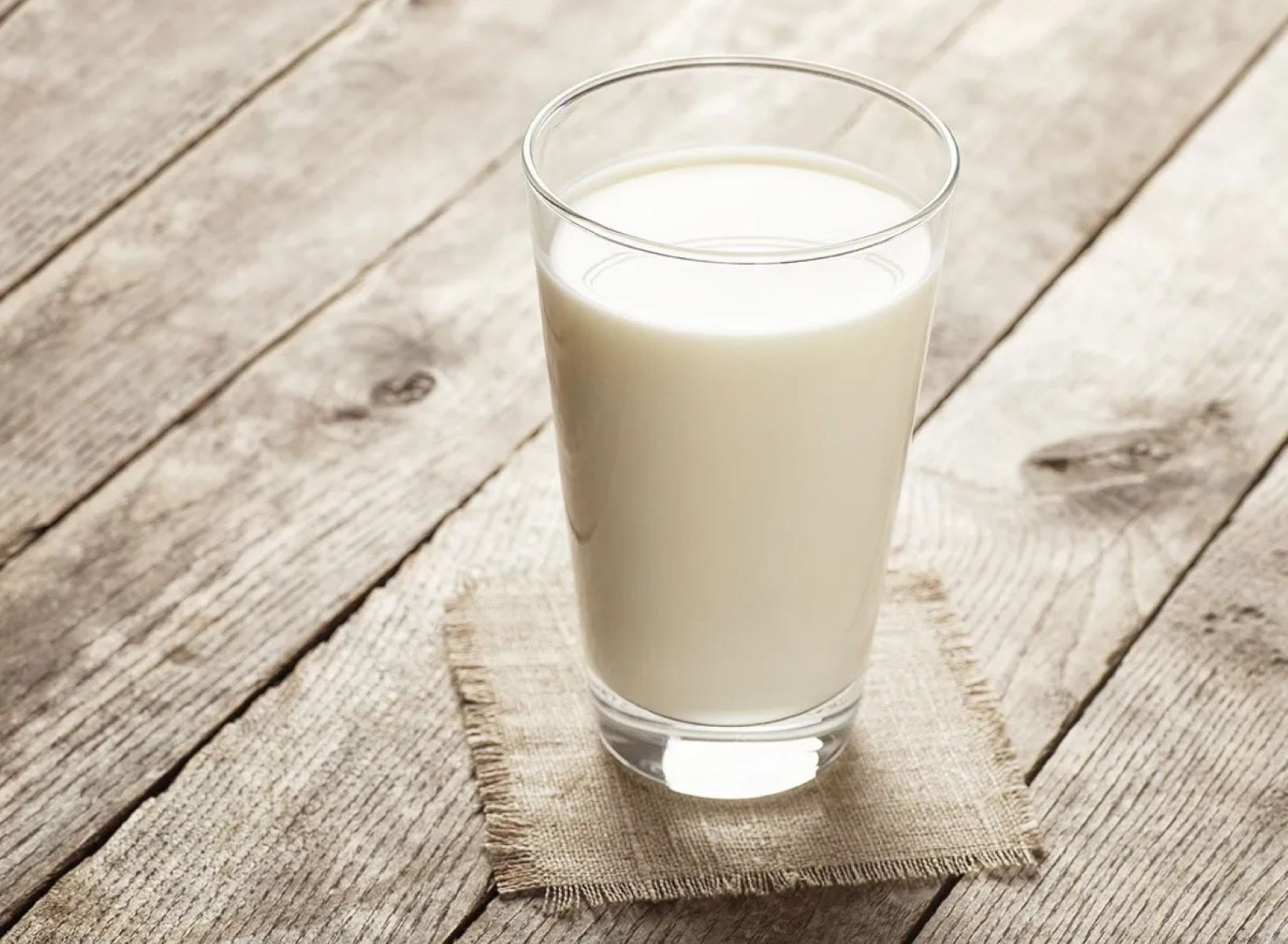
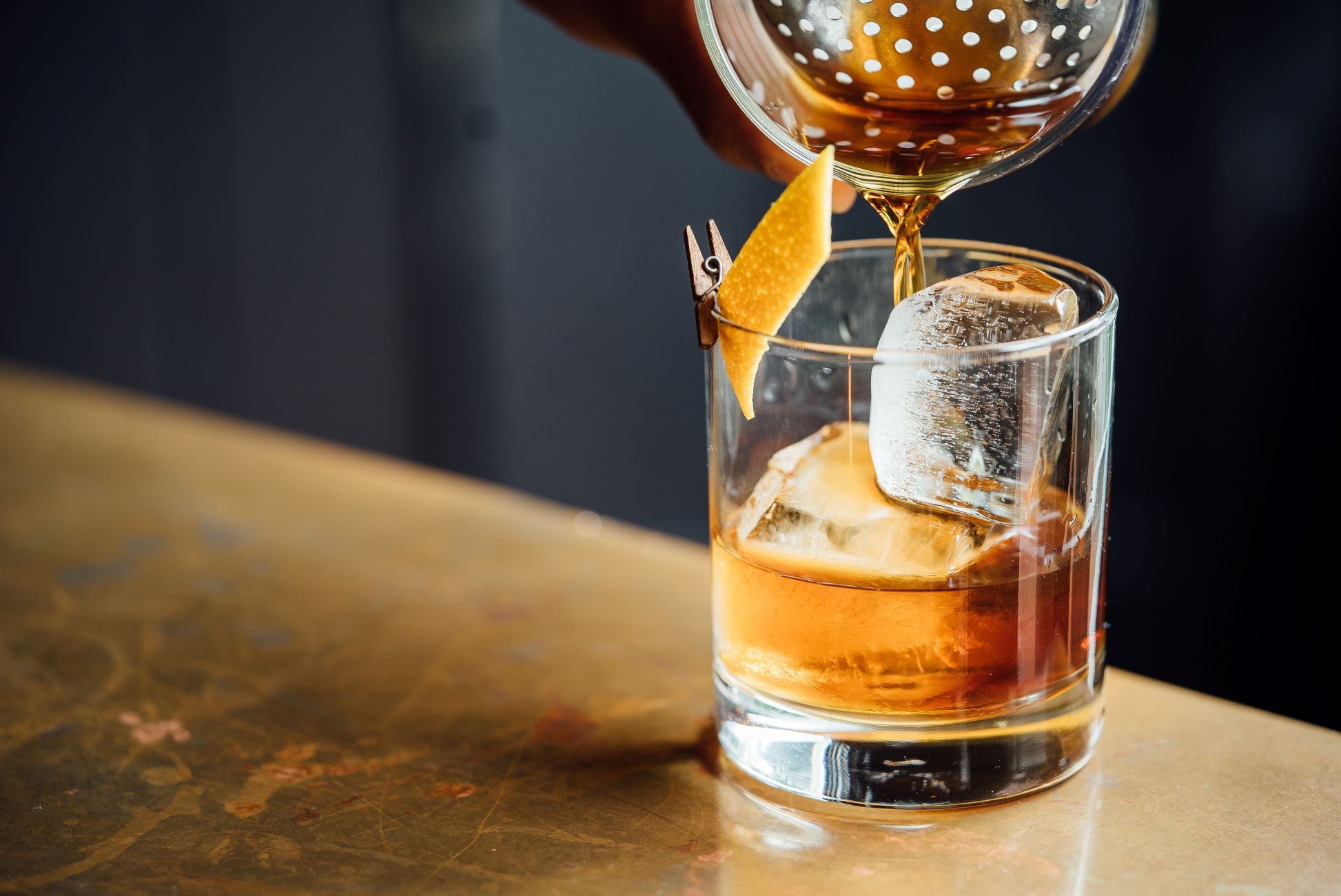


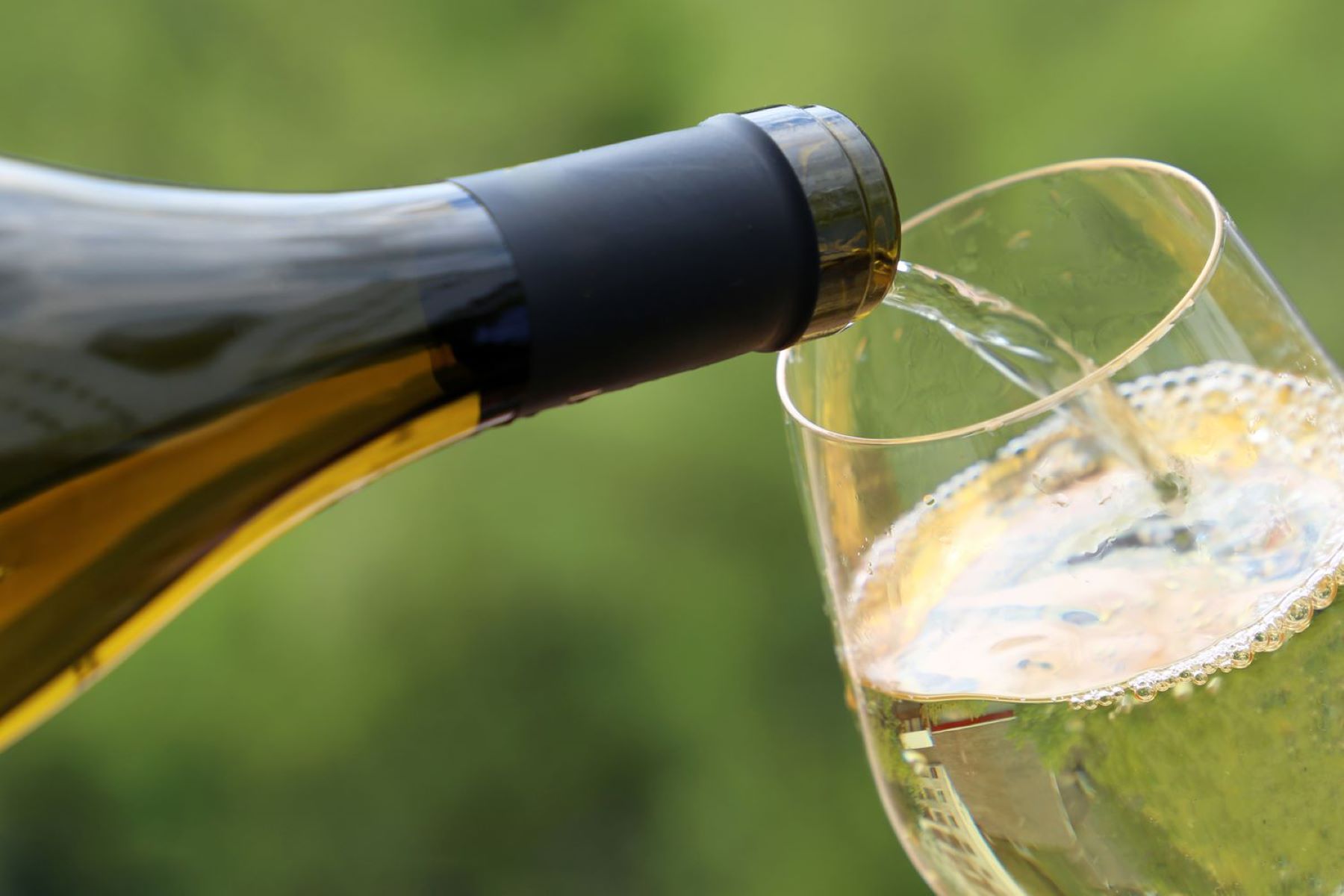
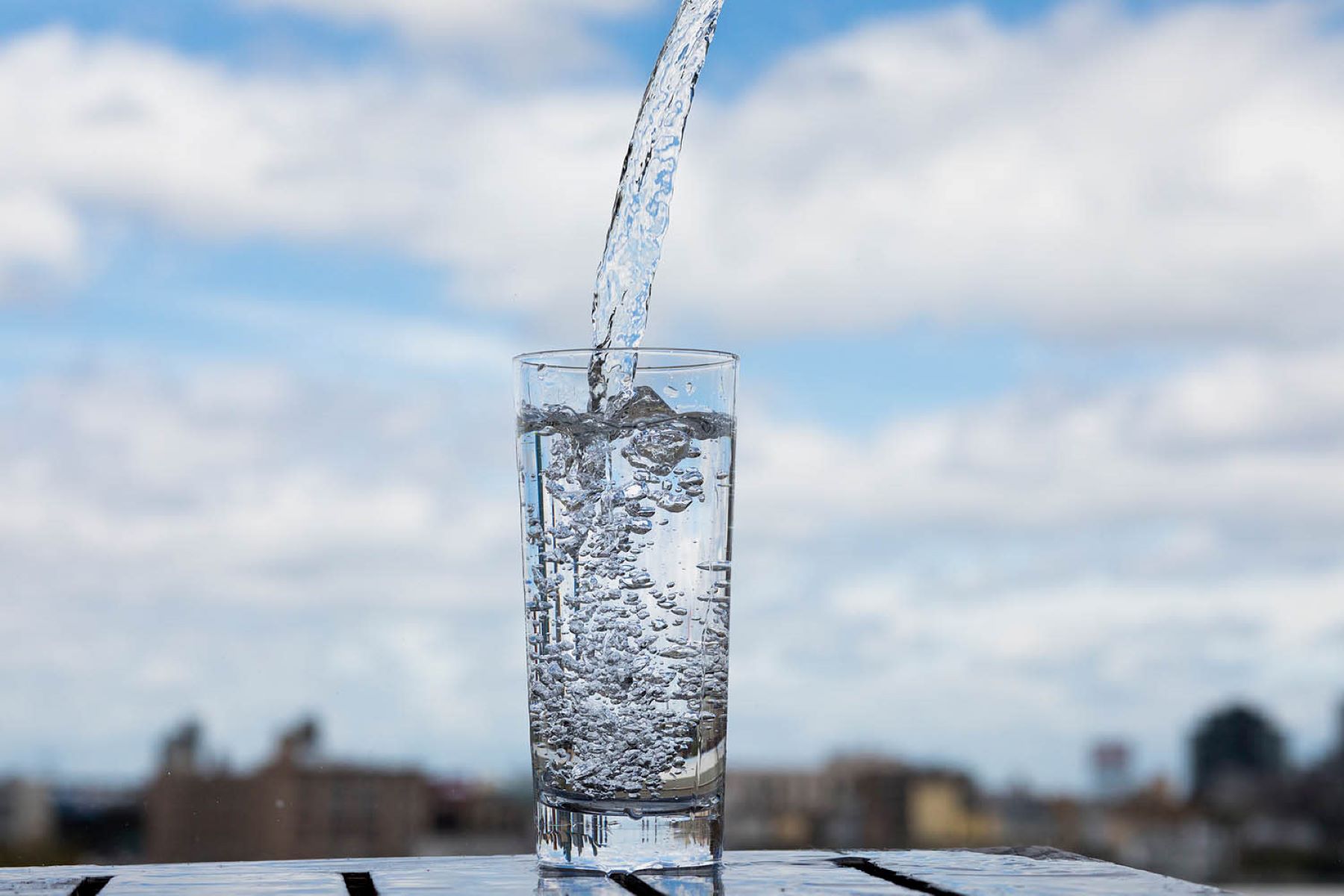

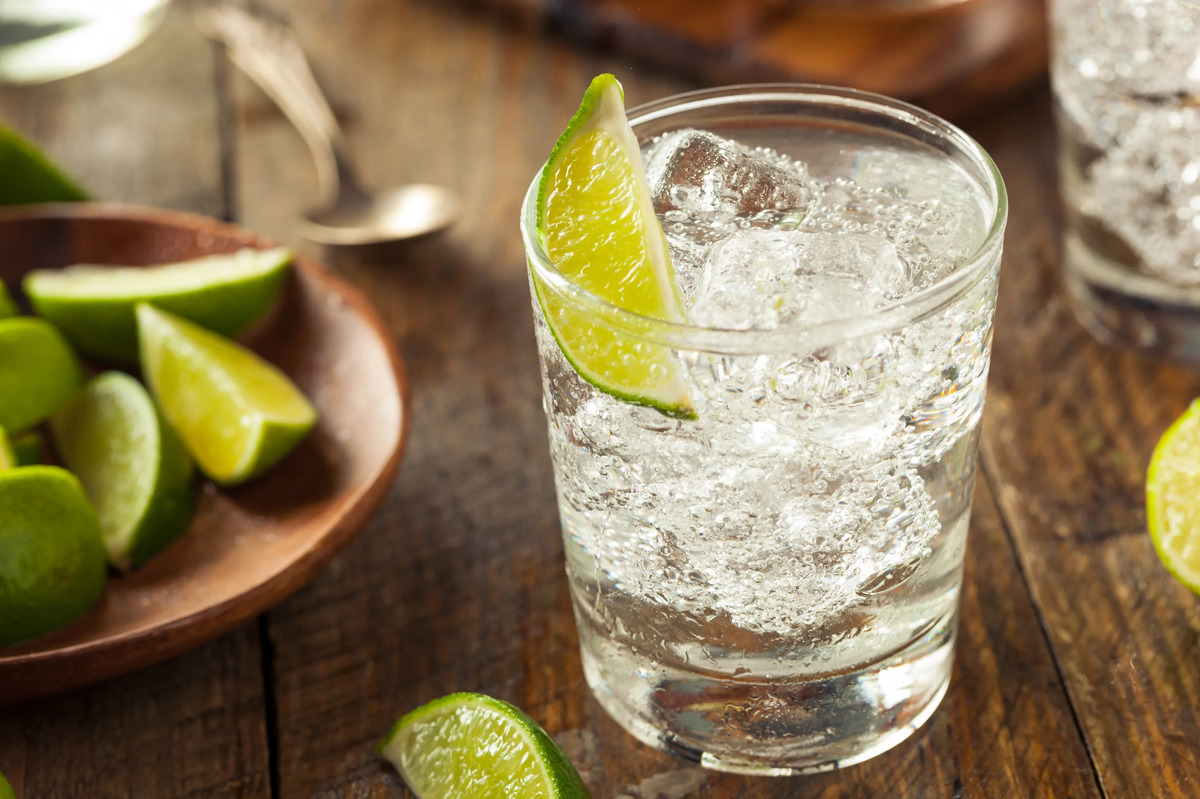
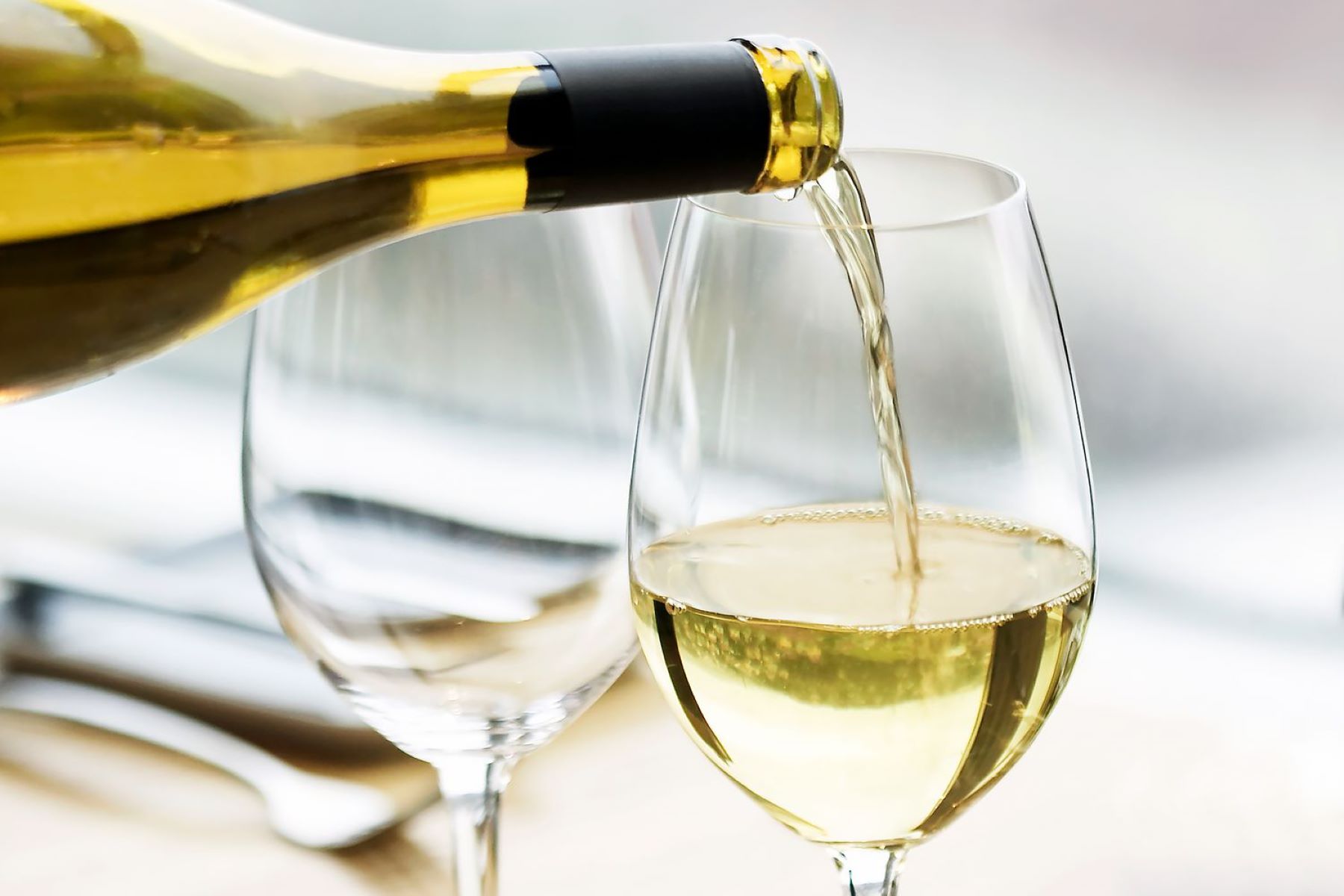
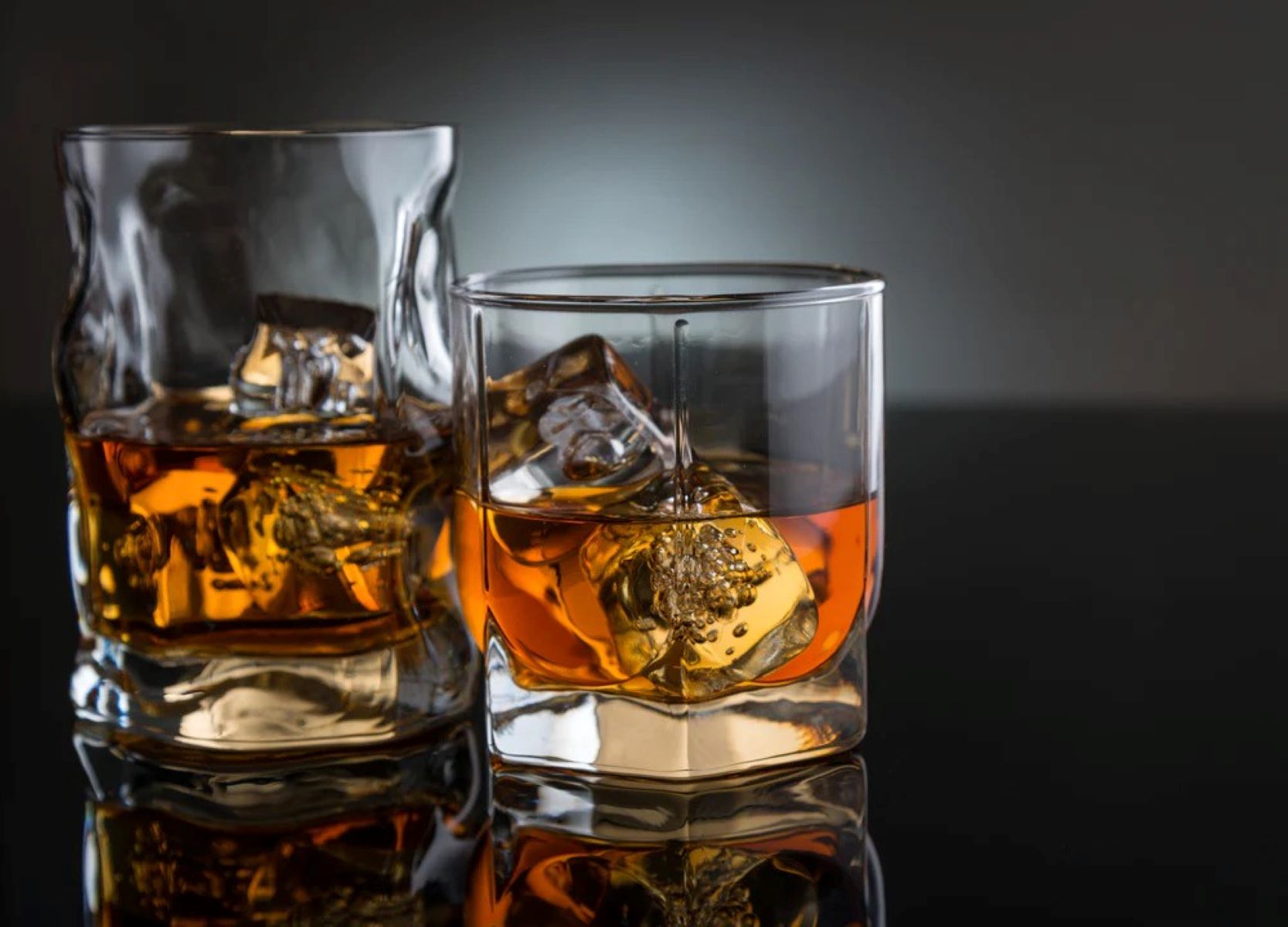
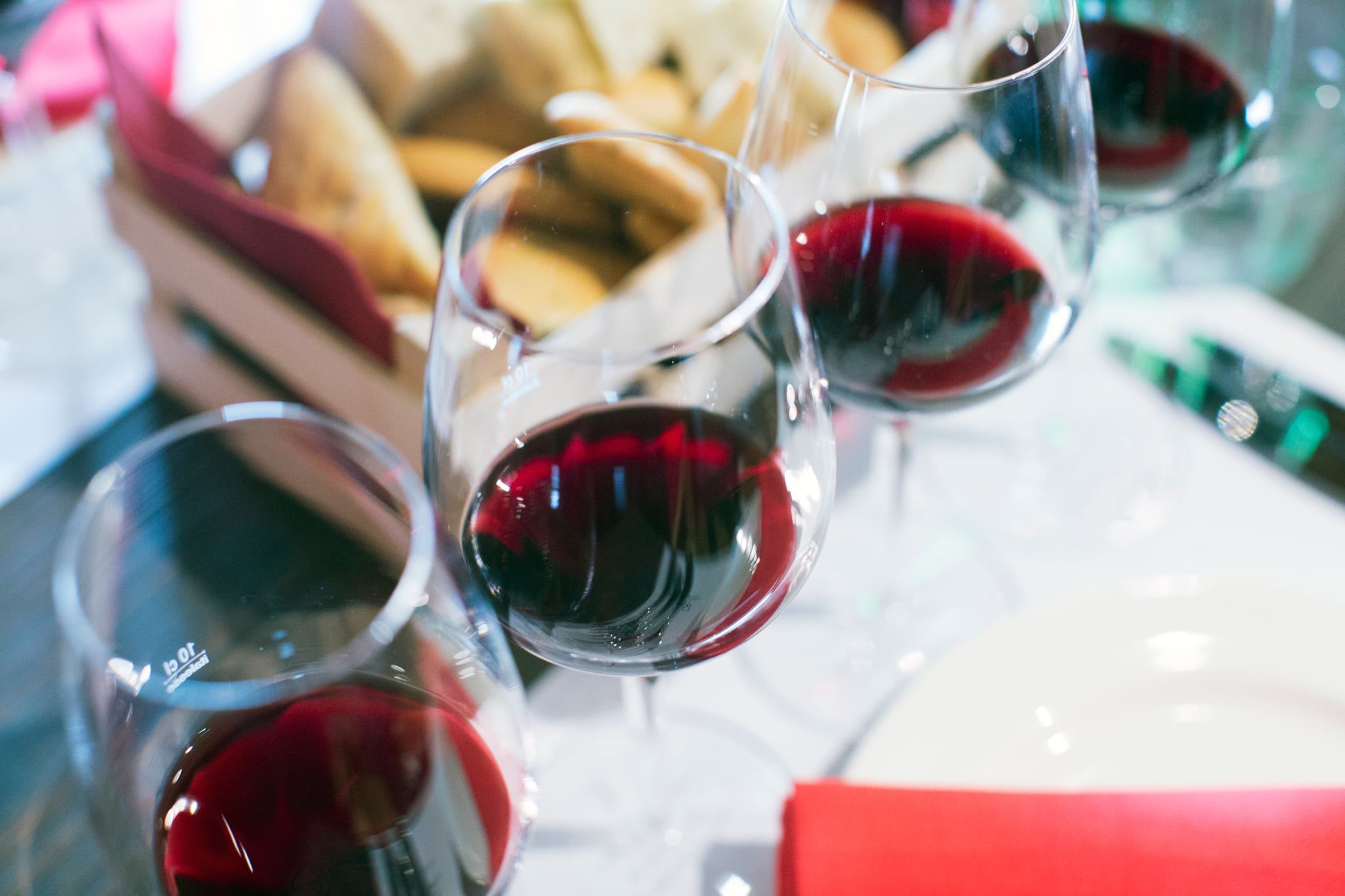

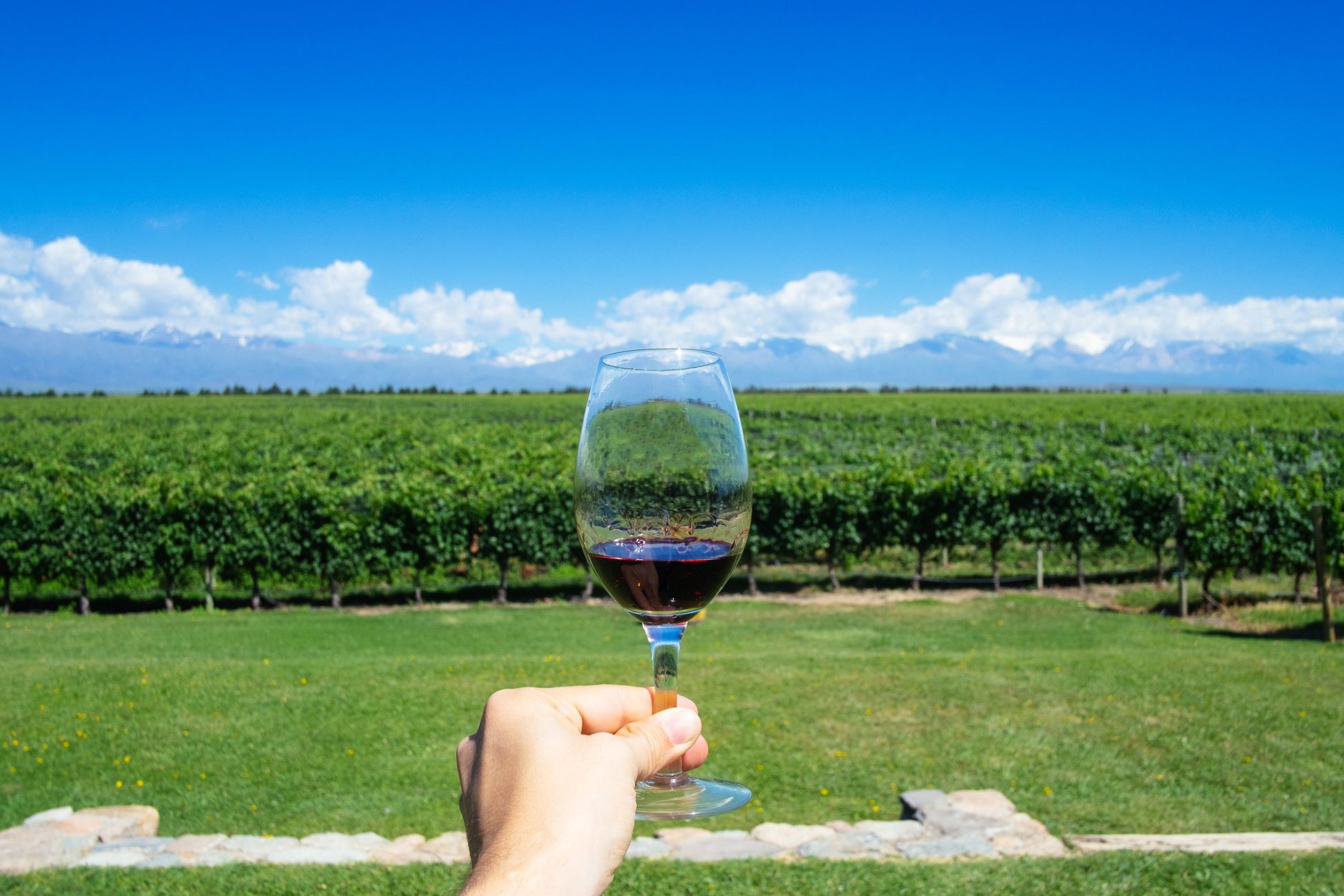
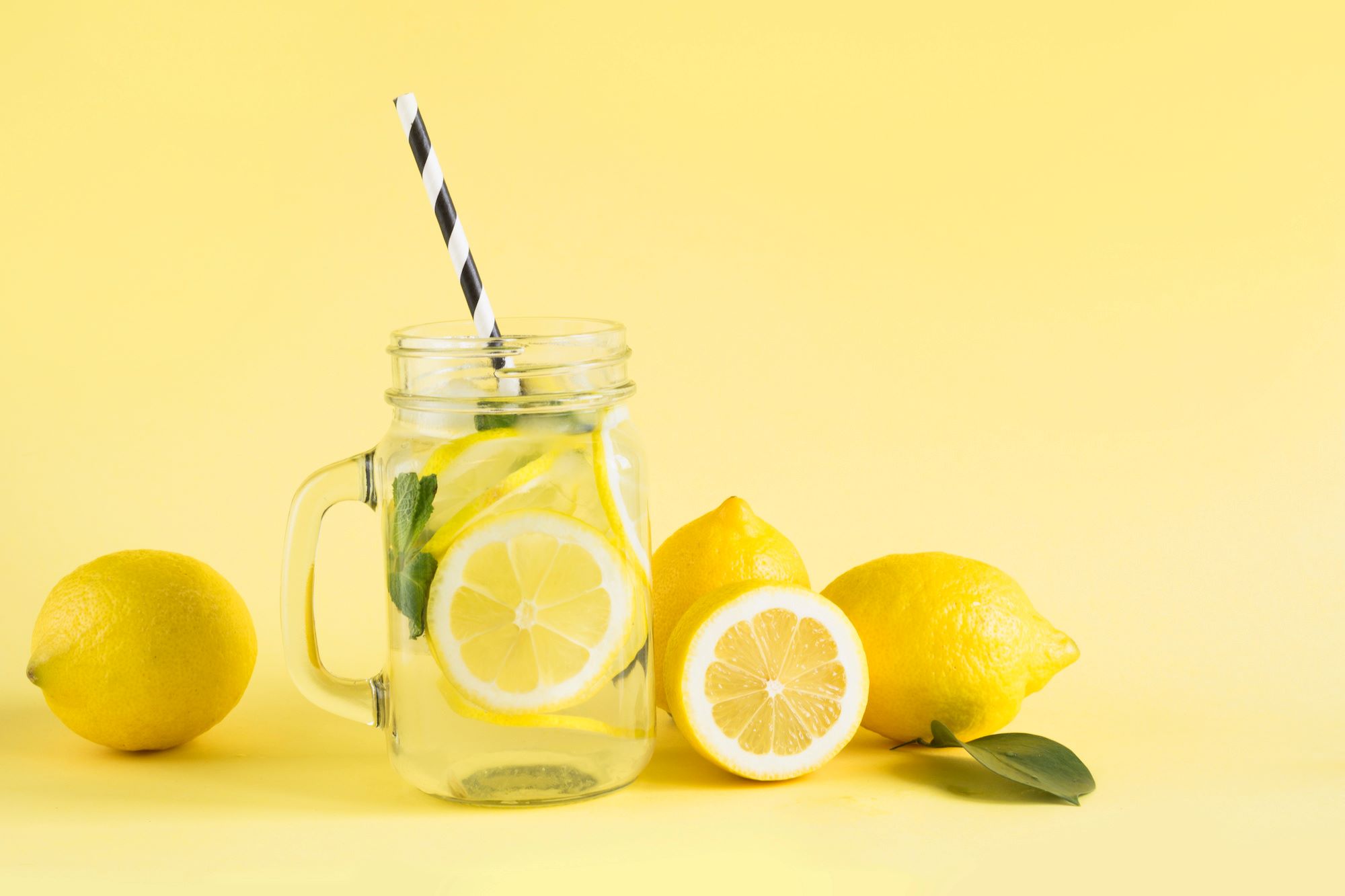
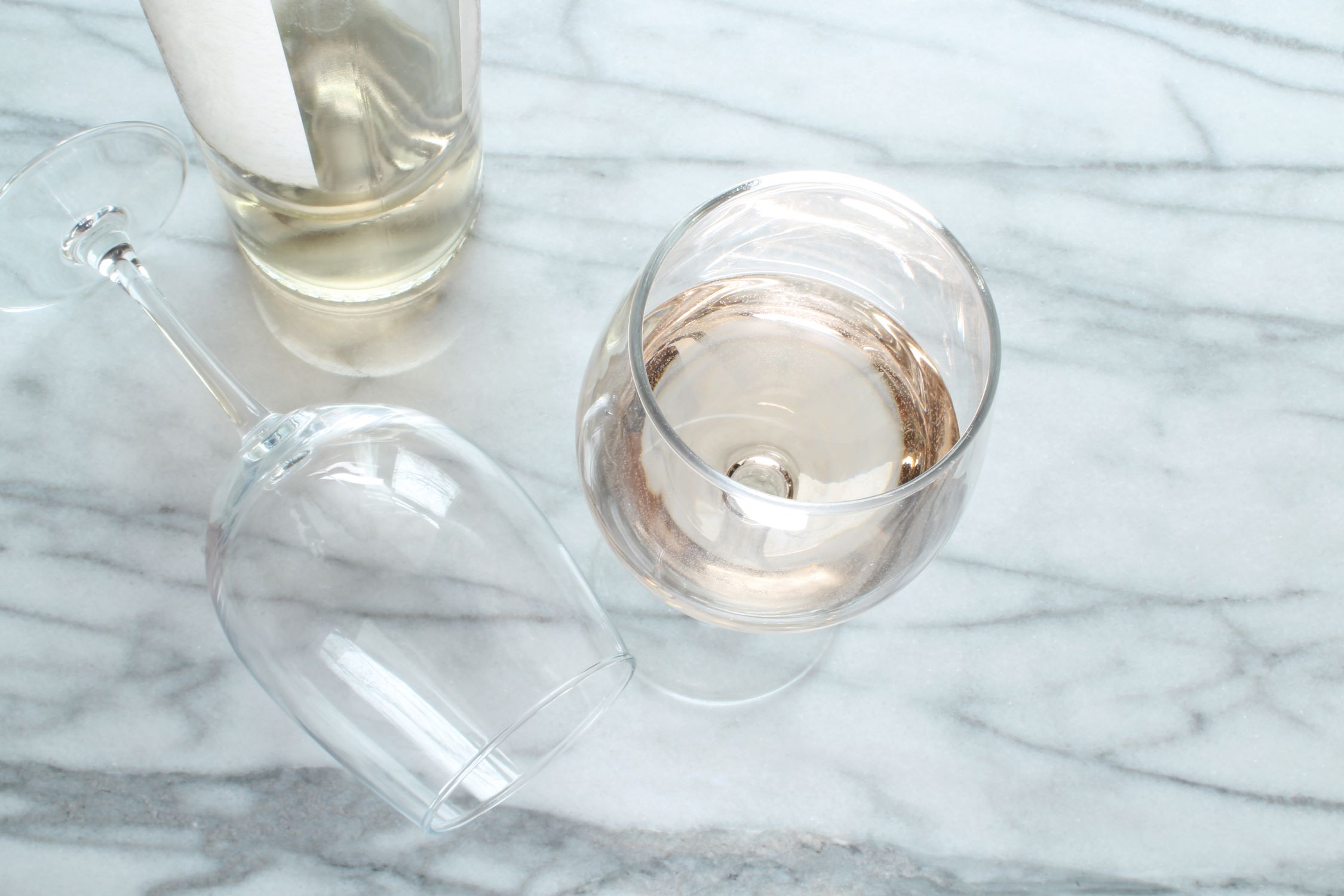

0 thoughts on “How Many Calories Is A Glass Of Cabernet”